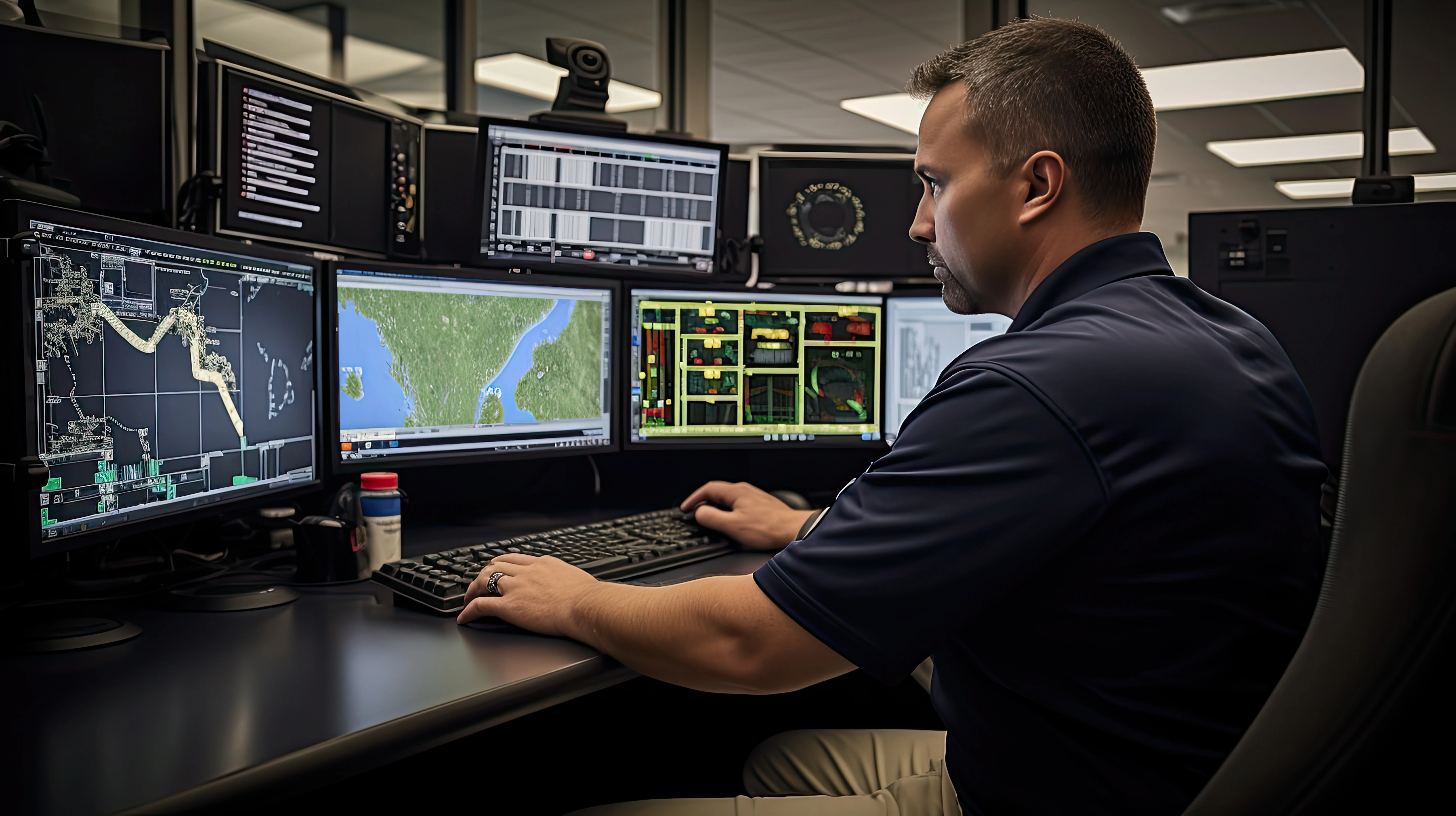How to Upgrade Your Manufacturing Skills to Stay Relevant

If you work in manufacturing, there's a good chance you have seen the addition of robots in your company. If you haven't experienced this, you've probably read about these shiny new metallic coworkers who are destined to take your job away.
Good news—I don’t believe this will happen in the foreseeable future.
What is currently happening with industrial robots is not new. In fact, industrial robots have been in manufacturing for more than half a century. The first one was used back in October of 1962 by GM.
What has changed is that today’s robots are faster, easier to program, and have greater flexibility. They are more reliable, and the cost of ownership and operation has also improved.
Over the course of my almost four decades in the manufacturing industry, I have seen robots and automation become more prevalent. In most cases, this was driven by one or more of these factors:
- Taking over tasks that were hazardous or dangerous to humans
- Being placed at a workstation that was:
- Repetitive
- Monotonous
- Dirty and messy
- Low skill
- Improving equipment utilization:
- Robots allow for lights-out manufacturing
- 365-day operation
- Filling the lack of available staff
- Increasing operational competitiveness
- Cost management
The main reason you hear more talk about robots today is that the cost has come down. Collaborative robots, also known as cobots, are now available, increasing opportunities for robots in manufacturing. In 2016, there were about 294,000 new robots installed and, in 2017, this number climbed to 387,000, an increase of 31%. In April of 2023, it was reported that there were around 3.5 million industrial robots.
Though this number seems large, it reflects a small percentage of the total number of workers within manufacturing.
The real impact of robots in manufacturing is that they drive a change to the physical work we are performing. In many cases, robots eliminate the need for humans to do hazardous and tedious work, like material handling or welding for endless hours in awkward positions.
Yes, some jobs will be taken over by robots, but many new jobs will be created and need to be filled. With the increase of robots and automation, there is an increase in automation installers, maintainers, and programmers. This does mean a shift in skills needed by employees. These new skills are focused on managing the robots to ensure they are providing a return on investment (ROI) for the company. Also, companies that manufacture robots will have to increase their staffing. They need more assemblers and design engineers to develop more advanced robots and automation, and a skilled workforce is needed to integrate the robots into existing manufacturing processes for end users.
Robots are a key for U.S. manufacturing to stay competitive. They will help reduce the cost of manufacturing and drive a change in workforce skill needs. This can and will drive more innovation and greater flexibility, not only of the manufacturing industry, but also of the workforce. We will need a workforce that drives to develop new and improved technical skills. For companies and employees alike, the key to not being obsoleted by automation or robots is to upgrade the skill level of the current and future workforce. Companies, as well as schools, colleges, and universities need to offer the training and hands-on education that is needed to maintain, manage, and move robotics forward. Employees need to accept this change of continuous learning and skill upgrading becoming part of their daily job.
To sum it up, robots are here and will continue to play a big part in manufacturing. They will be the key to drive innovation and ensure American manufacturing will maintain its world-class status. So, embrace robots as your new colleague, not as a threat to your job. Make robots your friend, not your enemy.
An insurance company that cares about you and insuring the things you wish to be insured.
Get a Quote> Find an Agent>

